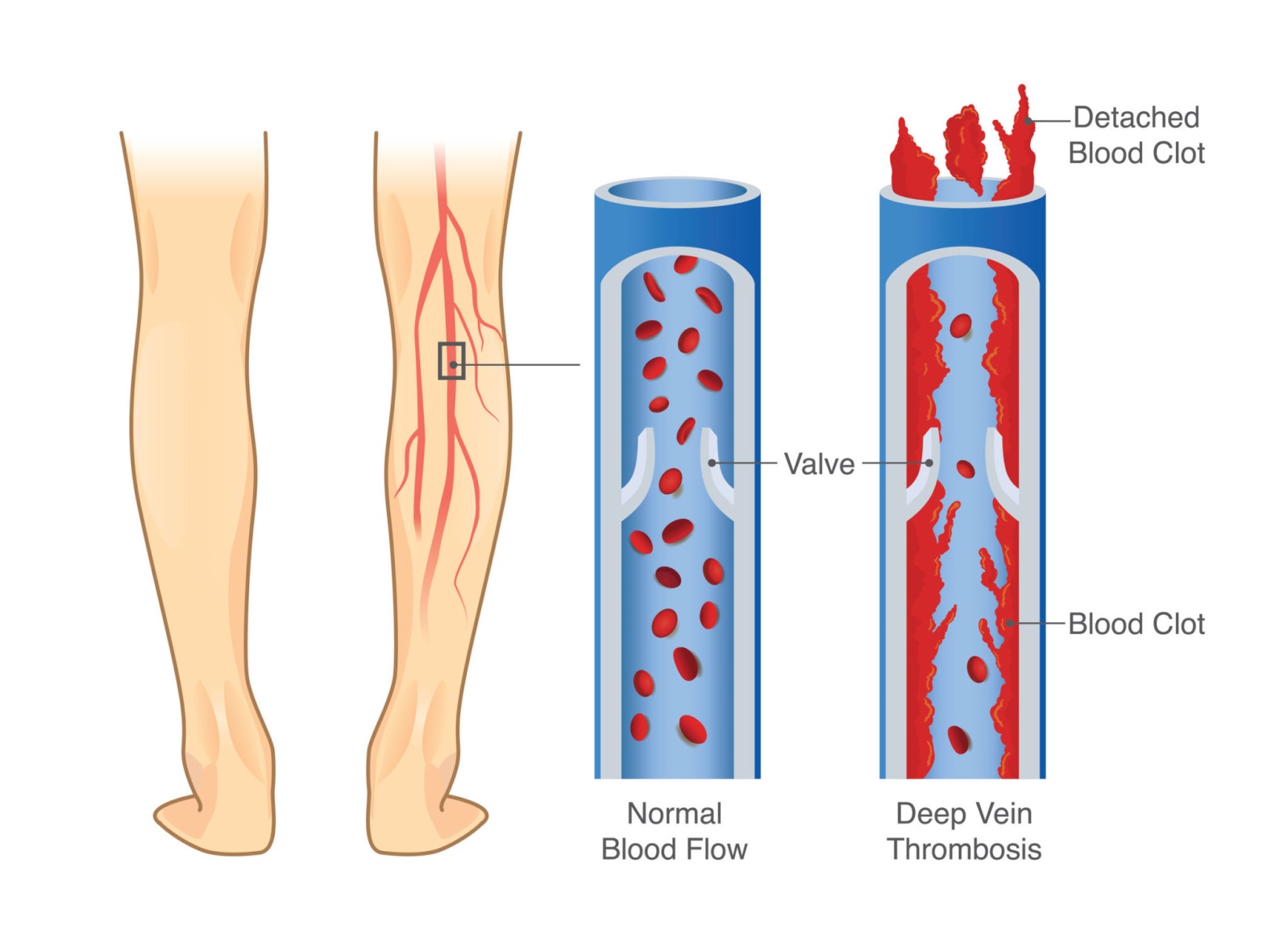A nurse is caring for a client who is receiving warfarin therapy to prevent deep vein thrombosis. Which of the following medications should the nurse have available in the event of an overdose?
Epinephrine
Vitamin K
Atropine
Protamine
The Correct Answer is B
Choice A reason : Epinephrine is an adrenergic agonist primarily used in the management of cardiac arrest, anaphylaxis, and severe asthma attacks. It is not used to reverse the effects of warfarin overdose. Warfarin acts as an anticoagulant by inhibiting vitamin K-dependent clotting factors, and epinephrine has no role in this mechanism.
Choice B reason : Vitamin K is the antidote for warfarin toxicity. Warfarin works by inhibiting the vitamin K-dependent clotting factors II, VII, IX, and X. In the event of an overdose, vitamin K is administered to reverse the anticoagulant effects of warfarin and restore the clotting factor levels to normal. The administration can be oral or intravenous, depending on the severity of the overdose and the urgency of the situation.
Choice C reason : Atropine is an anticholinergic drug used to treat bradycardia (slow heart rate) and as an antidote for organophosphate poisoning. It does not have a role in reversing warfarin overdose as it does not affect the clotting cascade or vitamin K metabolism.
Choice D reason : Protamine is used to reverse the effects of heparin, another anticoagulant, but not warfarin. Protamine sulfate binds to heparin, forming a stable complex and neutralizing its anticoagulant effects. Since warfarin's mechanism of action is different from heparin's, protamine is not effective in reversing warfarin toxicity.

Nursing Test Bank
Naxlex Comprehensive Predictor Exams
Related Questions
Correct Answer is A
Explanation
Choice A reason : Aspirin is well-known for its antiplatelet properties, which inhibit platelet aggregation and thus prevent the formation of new blood clots. This is particularly important following a myocardial infarction, as it helps to prevent further clotting events that could lead to additional heart attacks or strokes. Aspirin's effect on platelets is so significant that it is often one of the first medications administered in the setting of acute coronary syndrome.
Choice B reason : While aspirin does have analgesic properties, this is not the primary reason it is prescribed post-myocardial infarction. The analgesic effect of aspirin is more commonly utilized for minor pains and aches, and it is not sufficient for the pain associated with coronary artery disease.
Choice C reason : Aspirin can reduce fever, but this is not relevant to its use in coronary artery disease. Fever reduction is not a concern when prescribing aspirin for myocardial infarction patients, as the primary goal is to manage the risk of thrombosis.
Choice D reason : Aspirin does have anti-inflammatory effects, but again, this is not the primary reason for its prescription following a myocardial infarction. While inflammation plays a role in atherosclerosis and coronary artery disease, the anti-inflammatory properties of aspirin are not the main focus in the context of post-myocardial infarction treatment.
Correct Answer is D
Explanation
Choice A reason: Scheduling the next appointment for 1 year from now is a standard practice for patients who are considered to be in good health and have no immediate medical concerns. Given the patient's normal BP and BMI, along with no reported medical problems, this would typically be an appropriate action. However, it is essential to consider the patient's age and race, as African American men are at a higher risk for certain conditions, such as prostate cancer, which may warrant more frequent monitoring.
Choice B reason: While providing information for a weight loss plan that includes increasing physical activity is generally beneficial, it may not be necessary for this patient. His BMI is 24, which falls within the normal range (18.5-24.9), indicating that he is not overweight. Therefore, unless the patient expresses a desire to lose weight or improve fitness, this action might not be a priority.
Choice C reason:Offering information on reducing risk factors for hypertension is always a positive step in preventive healthcare. However, the patient's BP is 126 mm Hg, which is considered a normal reading (normal BP range is 90/60 mm Hg to 120/80 mm Hg). Therefore, while education on maintaining a healthy lifestyle is valuable, it may not be the most critical action for this visit.
Choice D reason:Scheduling a PSA test is recommended for African American men starting at age 45 due to their increased risk of prostate cancer. The PSA test measures the level of prostate-specific antigen in the blood, which can be an indicator of prostate cancer. Given the patient's demographic, this proactive screening measure is advisable, despite the absence of symptoms or previous medical problems.
Whether you are a student looking to ace your exams or a practicing nurse seeking to enhance your expertise , our nursing education contents will empower you with the confidence and competence to make a difference in the lives of patients and become a respected leader in the healthcare field.
Visit Naxlex, invest in your future and unlock endless possibilities with our unparalleled nursing education contents today
Report Wrong Answer on the Current Question
Do you disagree with the answer? If yes, what is your expected answer? Explain.
Kindly be descriptive with the issue you are facing.
